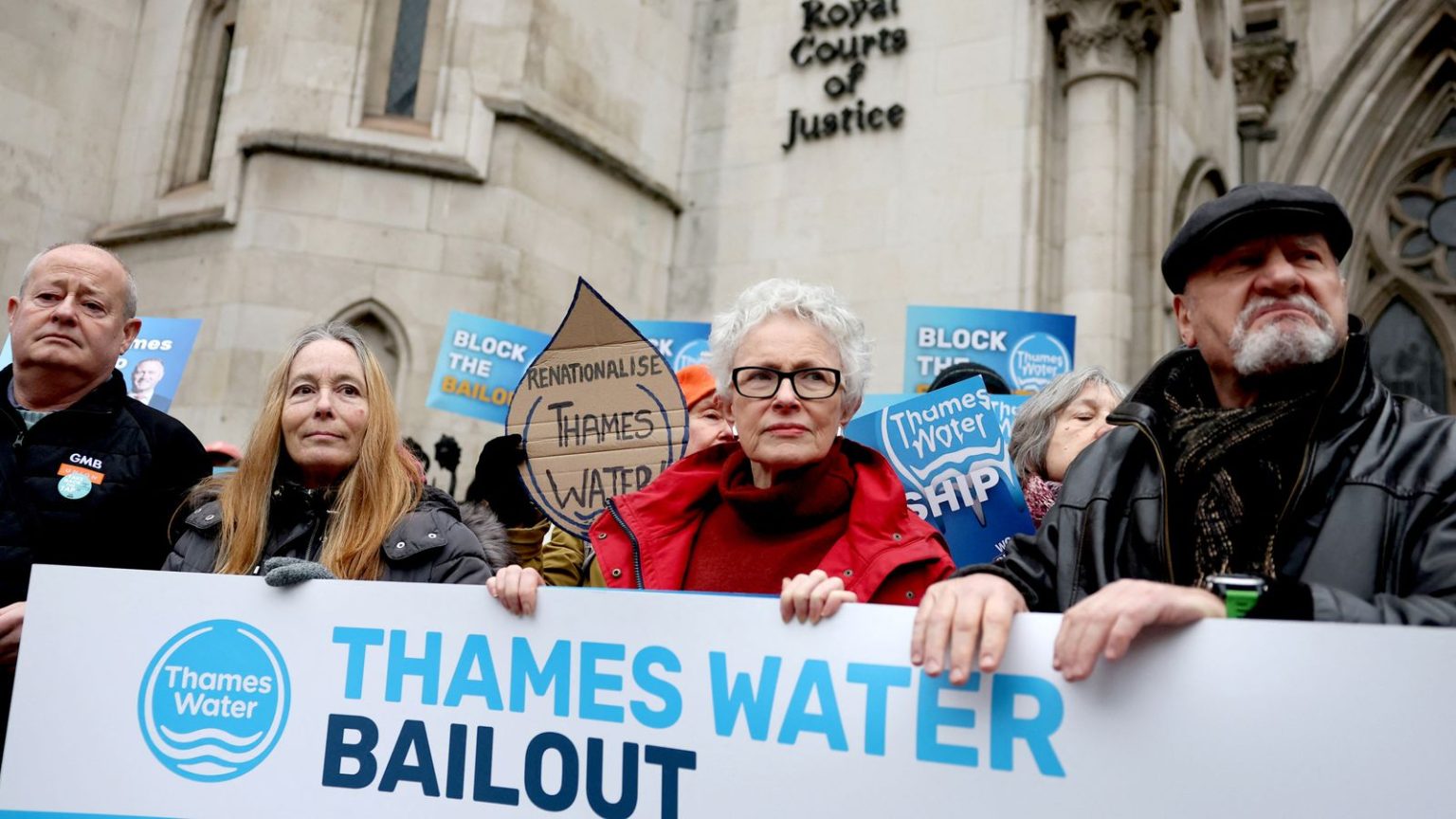Thames Water’s Financial Crisis: Understanding the Crunch Time
Thames Water, the UK’s largest water provider, is facing a critical juncture as its financial future hangs in the balance. With a daunting debt of £16 billion and investors deeming the company "uninvestable," Thames Water is in a precarious position. The primary reasons for this crisis are underinvestment, mismanagement, and significant dividend payouts, which have led to high fines for environmental and regulatory breaches. The company is now seeking a £3 billion emergency loan to prevent collapse, with a court decision imminent.
The £3 Billion Rescue Plan and Creditor Dynamics
The rescue plan involves an emergency loan from A-class creditors, who hold £11 billion of the company’s debt. The loan is structured in two £1.5 billion tranches with a 9.75% interest rate over two and a half years, plus up to £100 million in fees. This arrangement has sparked controversy, with critics arguing it prioritizes creditor interests over public and environmental concerns. B-class creditors, holding £750,000 in subordinate debt, face potential wipeout in a restructuring, highlighting the unequal impact of the plan.
Creditor Dispute and the High Court Showdown
The loan requires 75% creditor approval, with the High Court set to decide on the rescue plan. If approved, Thames Water aims to restructure, seeking new investments and debt swaps. However, water campaigners are urging the Environment Secretary to block the deal, advocating for special administration, a form of temporary nationalization. This move would prioritize public interest over creditor gains, reflecting broader concerns about privatization’s impact on public services.
Consequences of Loan Rejection: Nationalization Looms
If the loan is rejected, Thames Water may enter special administration, effectively nationalizing the utility temporarily. The government is preparing for this scenario by engaging private sector administrators. Nationalization, though not the government’s preferred option, could ensure continued service without creditor pressure, emphasizing public over profit.
Exploring Alternatives to Nationalization
Despite nationalization being a fallback, the government prefers a market solution. Companies like Octopus Energy and Castle Water have expressed interest in Thames Water’s technology and infrastructure, offering potential private sector solutions. These proposals could inject capital and innovation, bypassing the need for state intervention and illustrating the viability of market-driven resolutions.
The Way Forward: Balancing Financial and Public Interests
Moving forward, Thames Water faces a critical choice: secure the loan and restructure, or risk nationalization. The company must address its financial instability, regulatory breaches, and public trust issues. Regardless of the outcome, the focus must remain on balancing creditor interests with public and environmental needs, ensuring the water supply remains reliable and sustainable.















